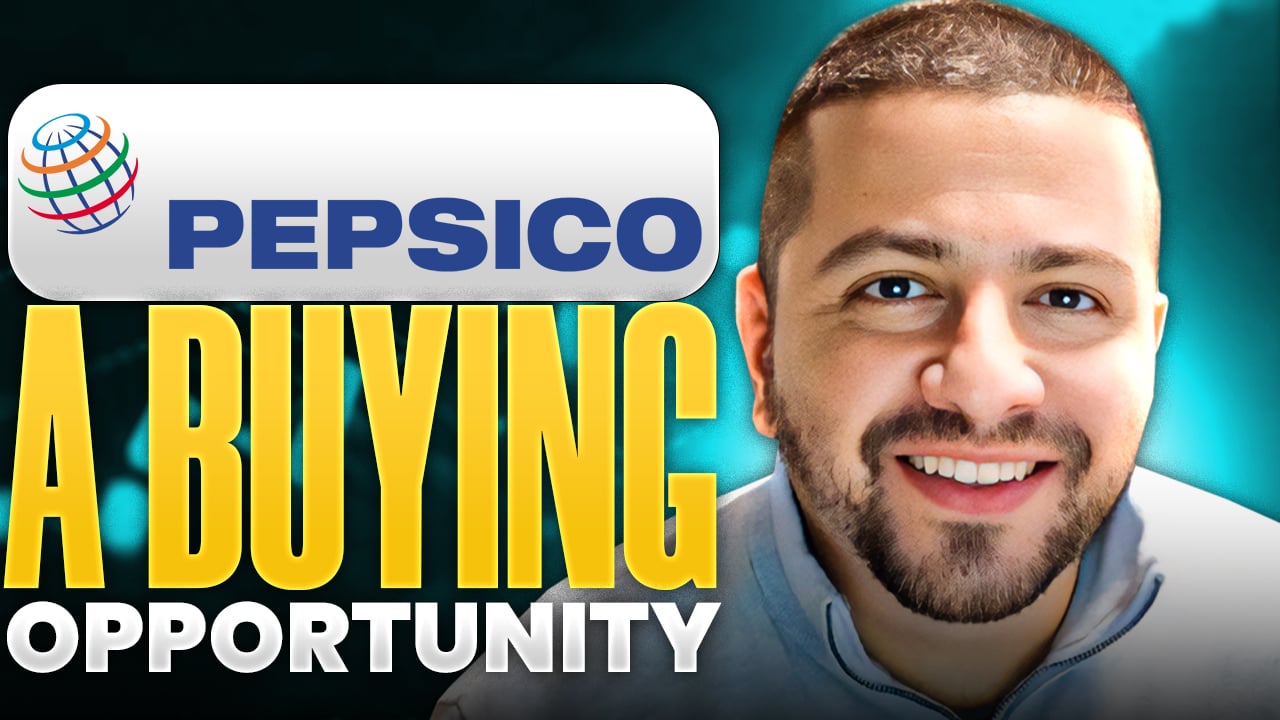Through the first nine months of this year, PepsiCo Inc. (PEP +0.04%) stock has turned in a credible performance, generating a total return of nearly 10%, which is just a few percentage points shy of the S&P 500 Total Return Index's performance of roughly 14% year to date. Perhaps PepsiCo can gain some ground on the index when it releases third-quarter 2017 earnings next week on Wednesday, Oct. 4. Below, let's sift through five key themes which will potentially catalyze PepsiCo when it files its report before the markets open.
1. Revenue and earnings growth trajectories
Like many of its peers, PepsiCo provides guidance for organic revenue rather than reported revenue. Organic revenue adjusts reported revenue for currency effects, acquisitions, dispositions, and other one-time items to provide an apples-to-apples view of top-line growth. Management has targeted organic revenue growth of 3% this year. In the first and second quarters of 2017, the company posted organic revenue growth of 2.1% and 3%, respectively.
On the earnings front, PepsiCo expects adjusted, or "core" earnings per share of $5.13 for the full year. Core earnings are simply reported earnings adjusted for commodity market-price changes, and restructuring and impairment charges. PepsiCo has earned $2.44 in core EPS between the first two quarters of the year. And as a point of comparison for the upcoming quarterly report, the company booked $1.40 in core EPS in the third quarter of 2016.
2. Operating margin on the rise

Image source: PepsiCo, Inc.
In the first two quarters of 2017, PepsiCo boasted an operating profit margin of 17.7%, which is nearly one percentage point higher than the comparable prior-year period. Management has cited PepsiCo's ongoing multibillion-dollar productivity plans, initiated in 2012 and again in 2014, as the driver behind the improvement. The company claims that it's achieved over $1 billion in annual cost savings since implementing the first plan in 2012. In July, CFO Hugh Johnston told analysts that operating margin would continue to strengthen in the back half of the year, so it's likely that the figure will cross 18% in the third quarter.
3. As goes Frito-Lay, so goes PepsiCo
PepsiCo's results over the last two years have relied heavily on a solid and growing contribution from Frito-Lay North America (FLNA), the corporation's second-largest segment behind North America Beverages (NAB). FLNA generated roughly one-quarter of the company's $27.8 billion in revenue in the first two quarters of 2017, yet delivered 45% of total company operating profit of $4.9 billion. Moreover, the segment's top-line expansion of 5.2% in 2016 outpaced all five other segments. So far this year, Frito-Lay has recorded revenue improvement of 3%, so investors will be keen to see if this rate will accelerate in the third quarter, opening up the potential to match last year's growth.
4. Segment swoon: Asia, Middle East, and North Africa
PepsiCo's Asia, Middle East, and North Africa segment (AMENA) has hit a rough patch in 2017. The company's fifth-largest segment reported a revenue decrease of 9% in the first two quarters of the year. Second-quarter earnings declined 19%, although they're still up 49% year-to-date due to a beneficial comparison with the 1st quarter of 2016, in which PepsiCo recorded an impairment charge related to its equity interest in privately held Tingyi-Asahi Beverages Holding Company.
The AMENA segment sells many of PepsiCo's prominent snack and beverage products, including Lay's, Doritos, Pepsi, and Mountain Dew, in addition to a host of local brands in its geographic region. Management has chalked up this year's poor results to a currency devaluation in Egypt, as well as lower oil prices which continue to pressure economies in the Middle East. PepsiCo plans to recover some of the lost top line through strategic price increases, and shareholders will be eager to see a mitigation of this negative trend next week.
5. Organic Doritos? Chasing evolving tastes with product innovation
Though PepsiCo has reaped margin benefits from its productivity programs, offsetting the decline of carbonated soft drinks has proved a more onerous task. PepsiCo's revenue peaked at $66.7 billion in 2014, and fell to $62.8 billion last year, due largely to deteriorating volume in flagship drinks like Diet Pepsi.
Of course, as shareholders know, management has invested heavily in product innovation to combat weak soda sales. Executives are likely to discuss two innovations in particular during the company's earnings conference call next week. First, investors anticipate an update on PepsiCo's new "enhanced water" product LIFEWTR, which launched in February and is projected to cross $200 million in annual sales this year. LIFEWTR's success is crucial to PepsiCo, as it proves both that the company can innovate within fast-growing non-carbonated categories, and that it can expand new products at a rate which will eventually impact top-line growth.
CEO Indra Nooyi will probably also touch on FLNA's new "Simply" product snack line, which reformulates guilty-pleasure favorites like Cheetos and Doritos with natural and organic ingredients. According to the company, the Simply line conforms to the strict ingredient standards of Whole Foods Market (now an Amazon subsidiary); thus, it represents a bold attempt by PepsiCo to gain more significant market share on the shelves of organic grocers.
We'll fill you in on any discussion of Simply's prospects, and revisit the other themes above, in our recap of earnings after the Oct. 4 release.






